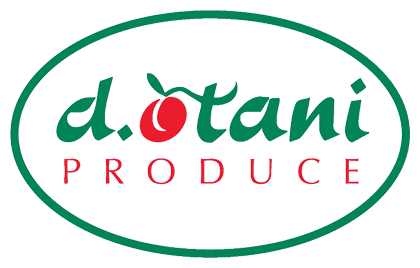There is no doubt the transportation situation in 2018 was volatile with periods of skyrocketing rates and constant reports of driver shortages and government regulations causing ongoing concerns. At least one longtime produce transportation observer is looking forward to a much smoother 2019.
“The best it has ever been, but there is room for improvement,” is how Ken Lund of the Allen Lund Co., based in La Canada, CA, described the current produce transportation situation.
Speaking to The Produce News on Jan. 11, Lund predicted that the industry will not see record rates or record shortages during 2019. “I don’t see anything coming in 2019 that will produce wild changes or move the needle one way or the other,” he said, adding that unforeseen circumstances such as a world crisis or a devastating storm were not considered in his calculous. “There is nothing on the horizon like we had with ELD in 2018.”
ELDs, electronic logging devices, went into effect at the end of 2017 and greatly impacted the trucking industry in 2018. A U.S. Department of Transportation regulation mandated the use of ELDs, outlawing paper logs, and effectively reduced the amount of hours many truckers were on the road last year. Drive times for many trips did increase and there were equipment shortage issues that surfaced simply because longer drive times means fewer trips and the need for more equipment.
While the problem was real, Lund said the DOT exemption for haulers of agricultural products went a long way toward minimizing the issue for produce industry hauls. In general, the exemption allowed for an off-the-clock haul for about 170 miles coming to or leaving a produce pickup site. That exemption allowed many hauls to be completed in the same time frame as before ELDs went into effect, minimizing its overall impact.
Lund also believes the much-talked-about driver shortage problem does not impact the produce industry as much as it does dry freight hauls because small independent owner-operators are the backbone of the produce transportation business. “The driver shortage disproportionately affects the large dry freight companies,” he said. “Those are the guys that can’t find drivers.”
He said there is close to 100 percent turnover in that sector, meaning that a large company with 1,000 trucks must find 1,000 new drivers every year. Some of those drivers who quit go into other businesses, but many go into business for themselves as owner-operators serving the produce industry. Lund said small trucking companies with five trucks or fewer, which make up the majority of produce hauls, are not finding it difficult to fill their cabs.
“The owner drives one truck, his son drivers another, and a brother and a neighbor drive the other two. He doesn’t have a problem finding drivers,” said Lund.
As proof of this phenomenon, Lund said there have never been more small trucking companies in ALC’s database.
He added that a record number of Class 8 trucks — heavy trucks used in freight hauling — were sold in 2018.
To Lund’s thinking, it is the robust economy of 2018 that led to increased truck sales, more hauls and a 20 percent increase in transportation rates. He believes the increase in trucks will continue to be felt in 2019 leading to a more stable rate situation. “I just don’t see record rates this year,” he said.
He also mentioned that it is important for companies to be “shippers of choice” for haulers. “When truckers are driving, they’re talking,” he said. “And if you don’t treat them well, word gets around.”
He added that drivers avoid the bad actors and it will cost the shipper or receiver more if it’s a greater challenge to load or unload at their facility. Of course, produce hauls in general are more expensive because they are harder and require more care. Lund noted that, on average, a produce haul involves six changes to the bill of lading from start to finish. On average, he said a dry haul has less than one change.
ALC, as well as other companies, has added proprietary electronic communication systems to better manage these changes and add more transparency to all aspects of a haul. But they are more difficult nonetheless and do result in periods of higher prices.
While Lund’s comments are noteworthy, they aren’t the only ones to surface recently. In early January, the Produce Marketing Association reported on a transportation meeting it held during its October convention that was attended by “over 200 members of the produce and floral industries to discuss transportation issues that they are facing.”
The group discussed some of the same topics Lund addressed, including the shortage of truck capacity, increasing rates caused by a shortage of drivers, an increase in loads to be transported, and the new ELD regulation. Mitigation strategies, such as respecting appointment times, minimizing time to load and unload trailers, and treating drivers with respect, were offered. One speaker said making these small changes would help drastically in keeping drivers in the produce and floral industries.
Ed Treacy, PMA’s vice president of supply chain efficiency, in recounting the meeting noted “the need for the entire industry to implement best practices to ensure fresh produce loads are appealing to drivers.”

